Oh my, the most luscious garlicky buttered shrimp ever.
Having watched another America’s Test Kitchen or maybe it was Cook’s Country show on TV, and seeing them make this, I vowed I was going to make it forthwith! These are SO good. So full of garlic butter, so flavorful. Doing shrimp on a grill is a bit of an iffy situation anyway – to get all the shrimp done at the same time. If any are smaller they get over done. Larger, they’re not cooked through. So I was glad to use these giant shrimp, all uniform size to make this.
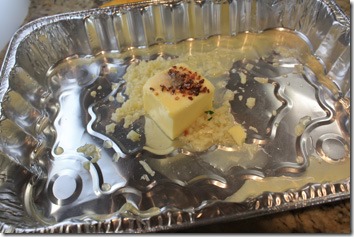 First off, you need a medium sized aluminum pan – big enough to hold all the shrimp you’re going to grill. Into that pan goes the to-be-made garlic butter (butter, lemon juice, copious finely chopped garlic, a few red chili flakes and salt). I got that done ahead of time and set aside. Then, the shrimp is skewered (using double skewers assures they won’t flip over or around during turning) and they’re oiled, salted and peppered. AND on one side only, you sprinkle just a tad of sugar.
First off, you need a medium sized aluminum pan – big enough to hold all the shrimp you’re going to grill. Into that pan goes the to-be-made garlic butter (butter, lemon juice, copious finely chopped garlic, a few red chili flakes and salt). I got that done ahead of time and set aside. Then, the shrimp is skewered (using double skewers assures they won’t flip over or around during turning) and they’re oiled, salted and peppered. AND on one side only, you sprinkle just a tad of sugar.
Standing in front of your preheated grill, you put the aluminum pan over the heat. While you stand there (do not leave your station!) stir it as the butter melts and begins to bubble. The butter should NOT brown – just bubble and melt completely, with the garlic in it. Once that’s done, the aluminum pan is scooted over to a non-heated area of the grill – to a place where it stays warm, but doesn’t cook. 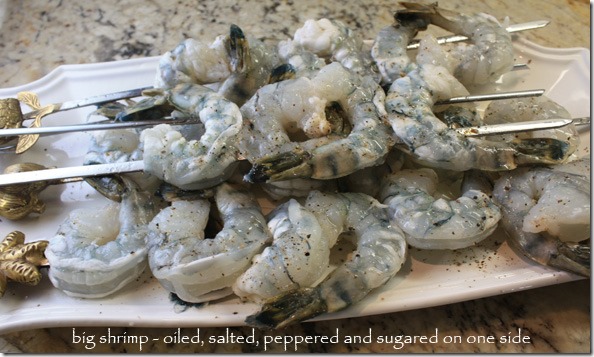
Then, the shrimp is placed sugar-side-down on the hot grill. It cooks for only a few minutes, maybe 4-5, depending on the size. You want the shrimp to reach a finished temp of 120°. Turn the shrimp skewers over and cook for another 1-2 minutes until they’re just cooked through, and at that magic number of 120°. I used my trusty instant-read thermometer (Thermapen). When the shrimp is cooked, using a big fork, slide the shrimp off the skewers and into the pan of garlic butter. Have a spoon at the ready and toss and turn the shrimp so all the sides get coated with the garlic butter while they’re piping hot. Let it cook, sizzle a little and get soaked in that garlic butter. Whisk the pan to the kitchen, sprinkle with some chopped parsley and serve them IMMEDIATELY. To raves. I promise.
What’s GOOD: well, the shrimp I used were really big, which makes (for me anyway) a much more enjoyable shrimp-eating occasion. I don’t like little shrimp – I like them to have some real chewiness and heft. So, do try to buy big ones when you make this – you’ll be rewarded with ooohs and aaaahs. The garlic butter was perfect – garlicky enough, smoothed with melted butter and just slightly heated with chili flakes. This was a very EASY entrée to make. Truly it was. My darling Dave would have been manning the grill, but I managed. The first time I made this my friend Bud (Cherrie’s husband) cooked them; the 2nd time I made them and it’s really simple to do. Do all the prep work ahead and you’ll be rewarded with an easy dish to serve. Truly delicious with garlic butter. Do notice the low calorie count on this one, too.
What’s NOT: can’t think of any thing that wasn’t wonderful.
printer-friendly PDF and MasterCook 15/16 file (click link to open recipe)
* Exported from MasterCook *
Grilled Shrimp (Scampi)
Recipe By: Cook’s Illustrated
Serving Size: 4
1 1/2 pounds shrimp, large, R-T-C — peeled and deveined
1/4 teaspoon sugar salt and pepper
1 teaspoon oil Spicy Lemon-Garlic Sauce (below)
Three 14 inch metal skewers
SPICY LEMON GARLIC SAUCE: (enough for 1 ½ lbs. shrimp)
4 tablespoons unsalted butter
4 tablespoons lemon juice
1/2 teaspoon red chili flakes
3 garlic cloves — finely chopped
1/8 teaspoon salt a disposable aluminum pan
1/3 cup chopped parsley — for garnish
1. Pat shrimp dry with paper towels. Thread shrimp onto skewers, alternating direction of heads and tails so that they are closely pushed together. Brush each side with oil and season with salt and pepper. Sprinkle one side of the shrimp with sugar.
2. Light large charcoal chimney with about 6 qts. of charcoal and allow to burn until fully ignited and covered with a thin layer of ash. Empty into grill, placing all the coals on one side and leaving the other side empty. Place the disposable pan with the sauce over the hot side and cook as directed, then move to cooler side. (Alternately, use a gas grill; heat to medium high and leave one section off.)
3. Place skewers with shrimp on hot side, sugared side down, and be sure the shrimp are closely pushed together. Cook for 4-5 minutes and then flip, cooking other side 1-2 minutes. Using an oven mitt, pick up each skewer and using tongs, slide the shrimp off the skewer and into the pan containing the sauce. Toss and cook until fully cooked, about 30 seconds.
4. Remove from grill, add parsley,toss and serve. DO drizzle any remaining sauce over the shrimp.
5. SAUCE: Put butter, juice, red pepper and garlic in the pan and place on the hot side of the grill, cooking until butter is melted and bubbly. Move to cooler side. When shrimp are grilled, place in the hot sauce and continue to cook for about 30 seconds. Remove the pan from grill, add parsley, toss, remove from sauce and serve.
Per Serving: 253 Calories; 14g Fat (50.1% calories from fat); 28g Protein; 3g Carbohydrate; trace Dietary Fiber; 293mg Cholesterol; 371mg Sodium.





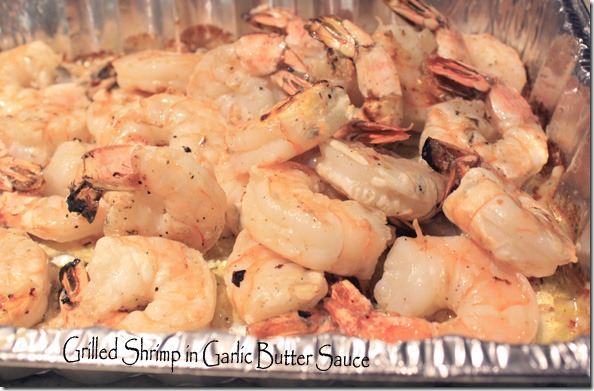

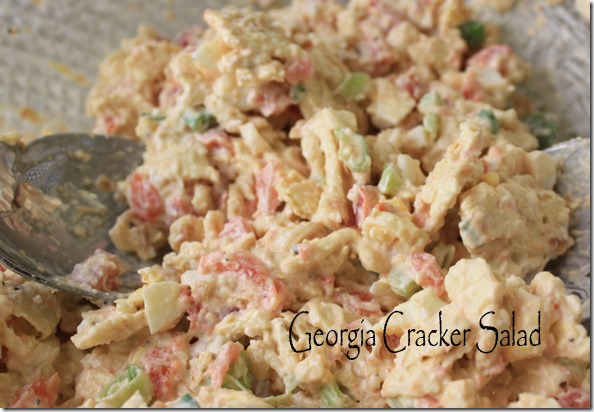
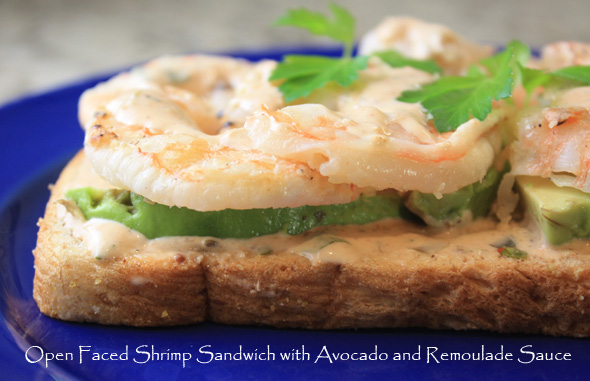
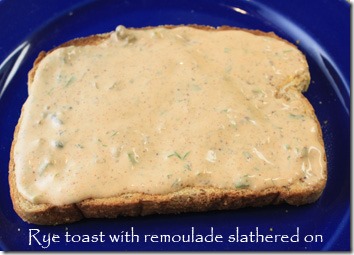
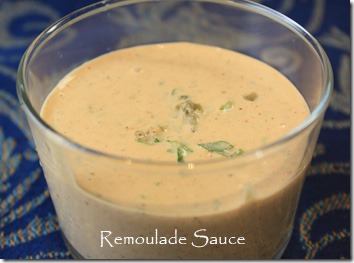
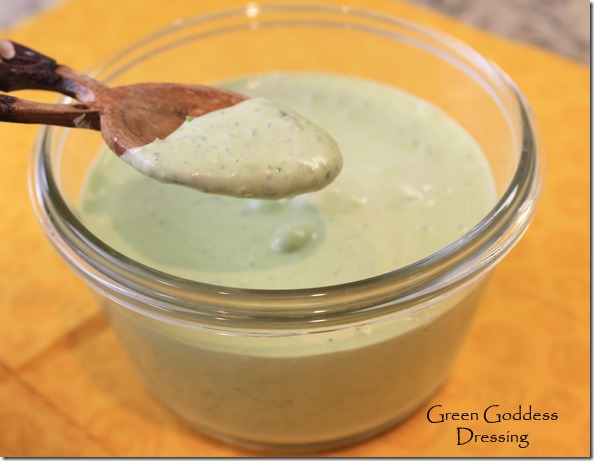
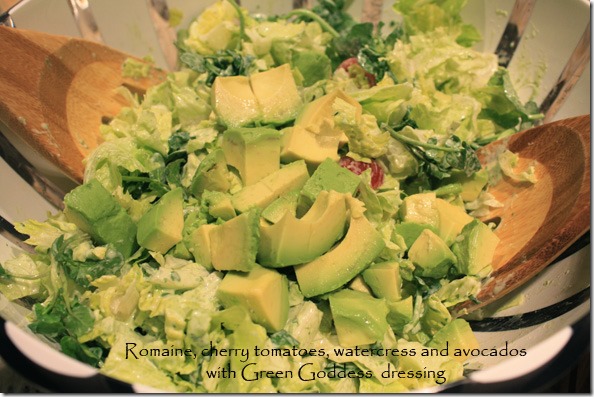
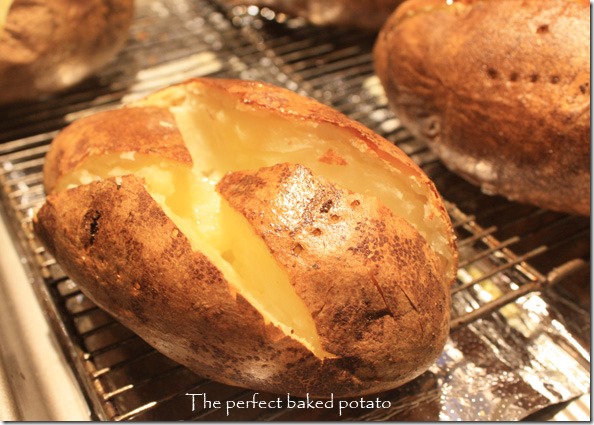
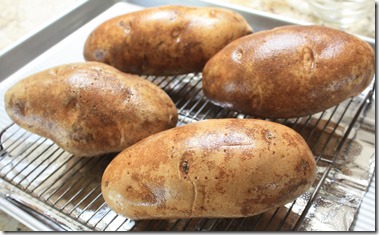
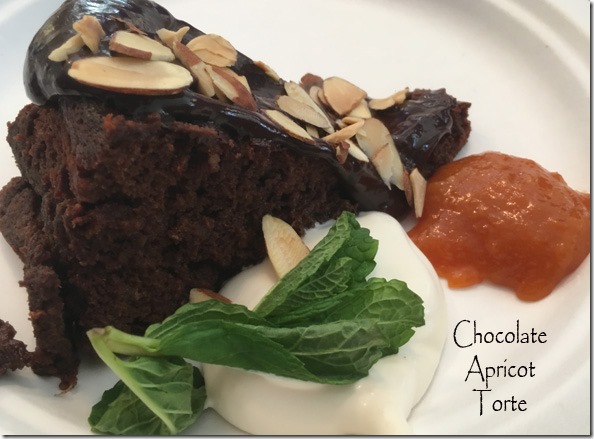
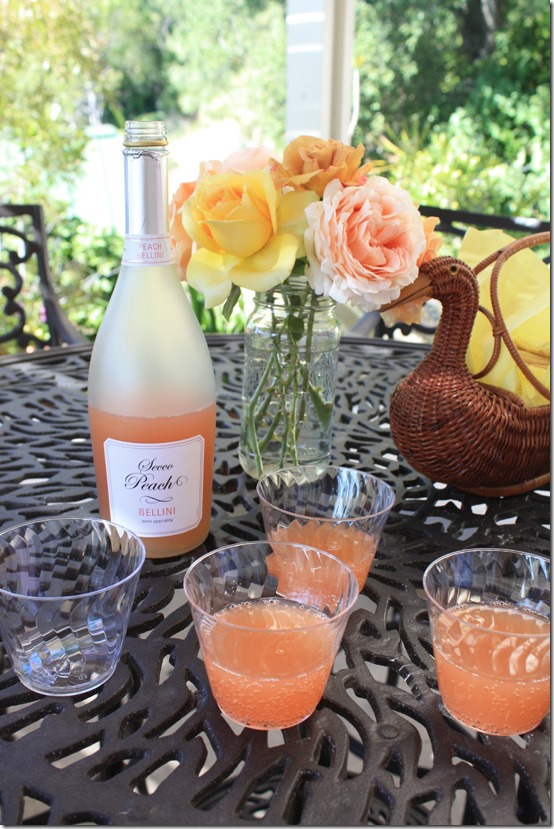
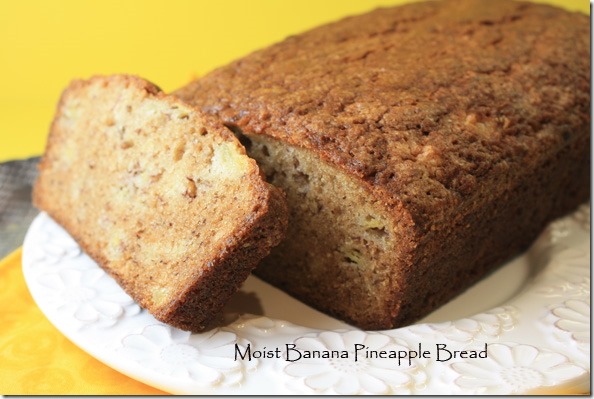
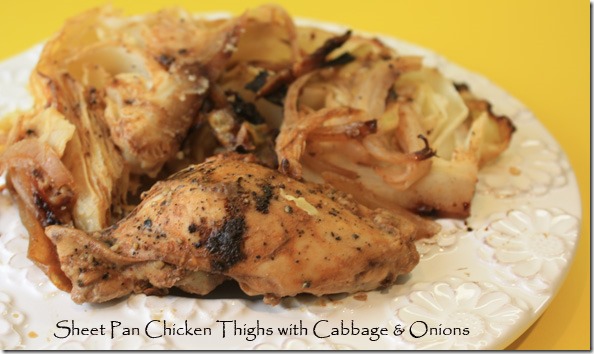
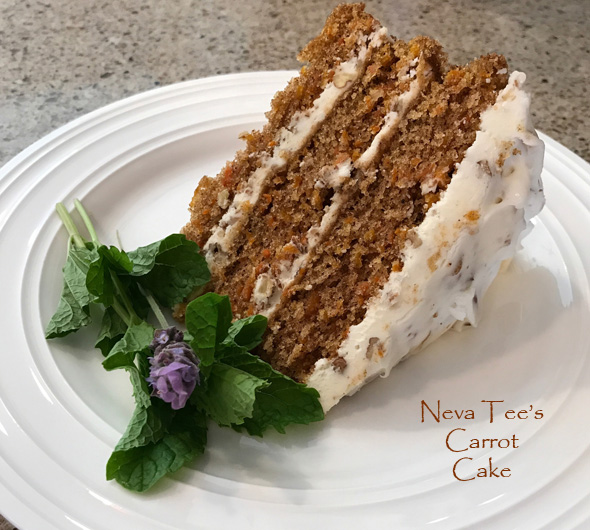
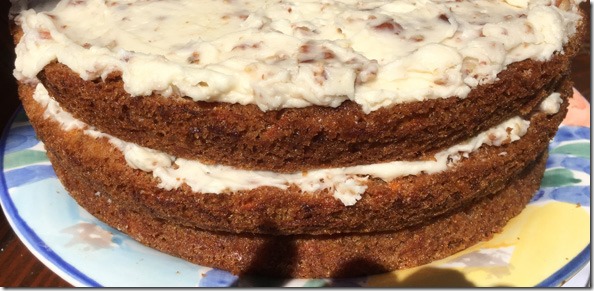

Leave a Comment!